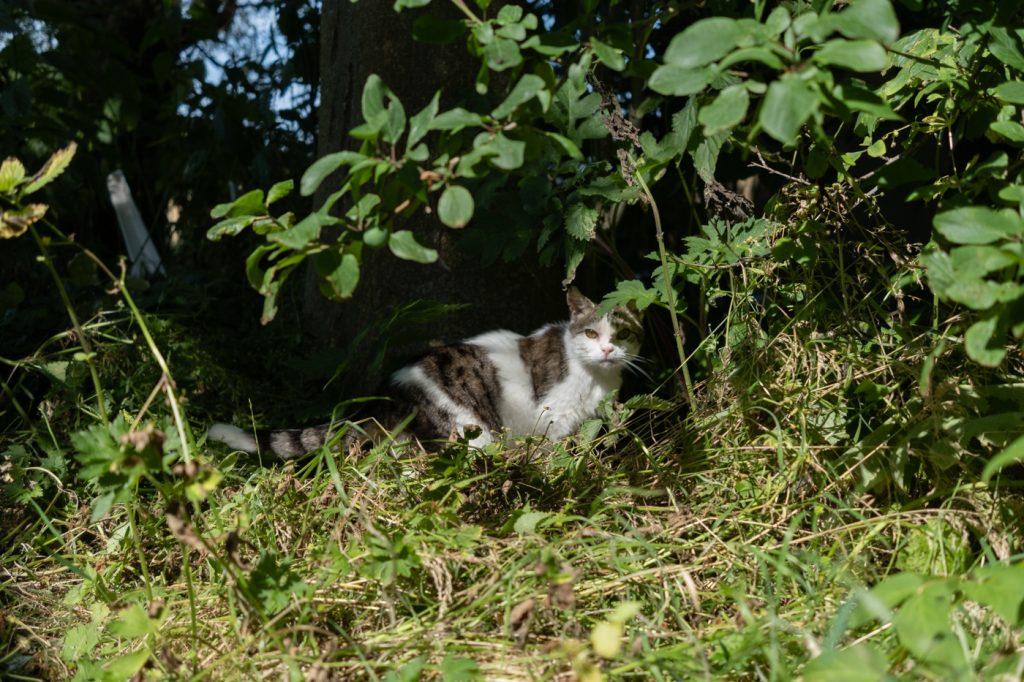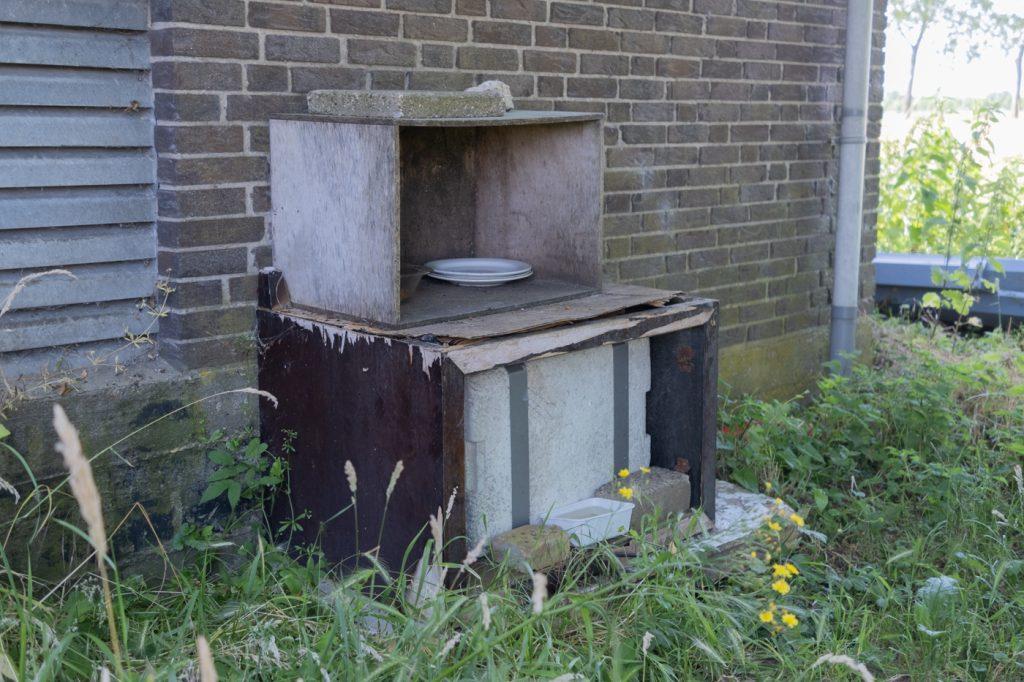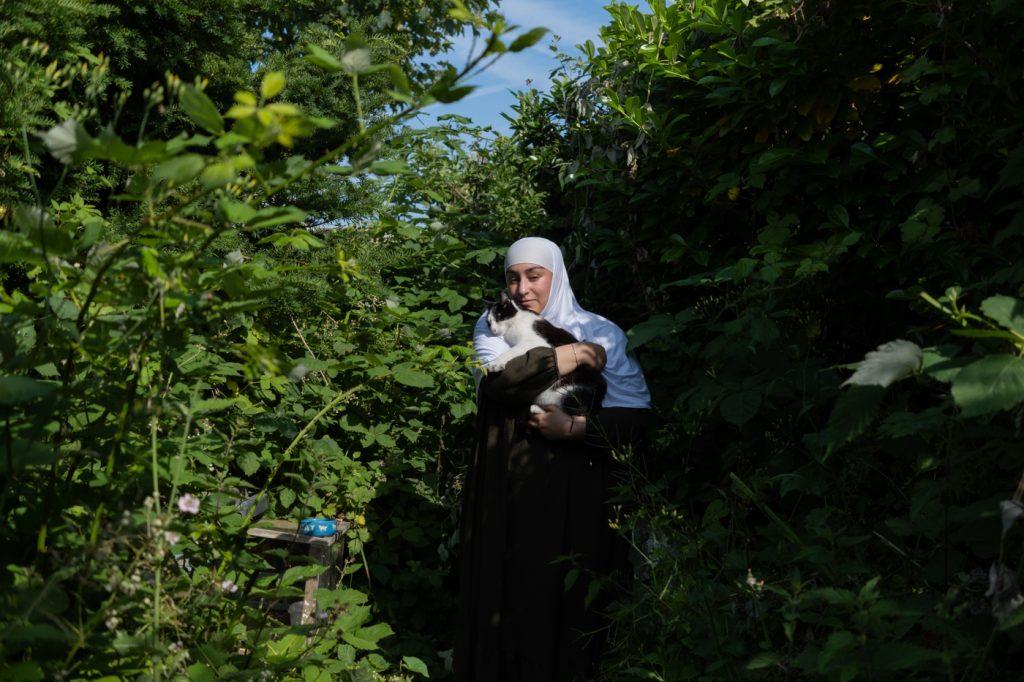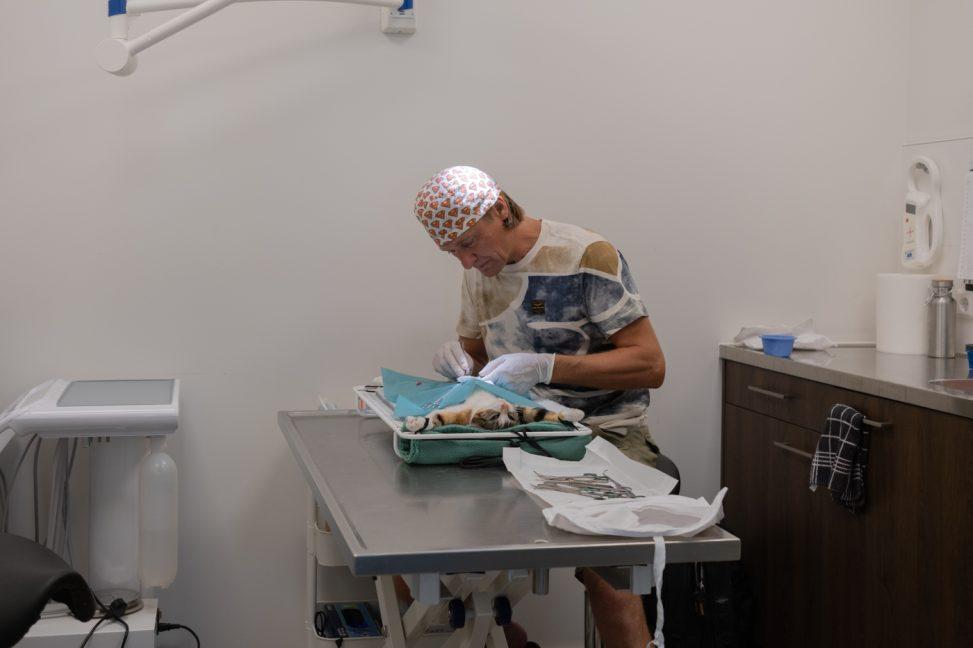This photographic project, made in collaboration with the Stichting Amsterdamse Zwerfkatten (SAZ), aims to shed light on the urgent importance of caring for and protecting stray cats. Focusing on the crucial role of sterilization and neutering, I intend to create an empathetic visual narrative that resonates with viewers and unveils the vital role that responsible cat population management plays in ensuring the well-being of feline communities.
In the Netherlands, the issue of stray and feral cats is significant, and they often face harsh living conditions. Moreover, unrestricted breeding can exacerbate the overpopulation problem, leading also to the necessity of having to resort, sometimes, to euthanasia.
The project seeks to connect emotionally with the audience focusing on environmental portraits of felines while underscoring the consequences of neglecting sterilization and castration. By showcasing the dedicated care provided by SAZ I aim to inform the audience about the vital role played by animal welfare organisations. The photographs are complemented by some captions, offering insights into the challenges faced by cats.
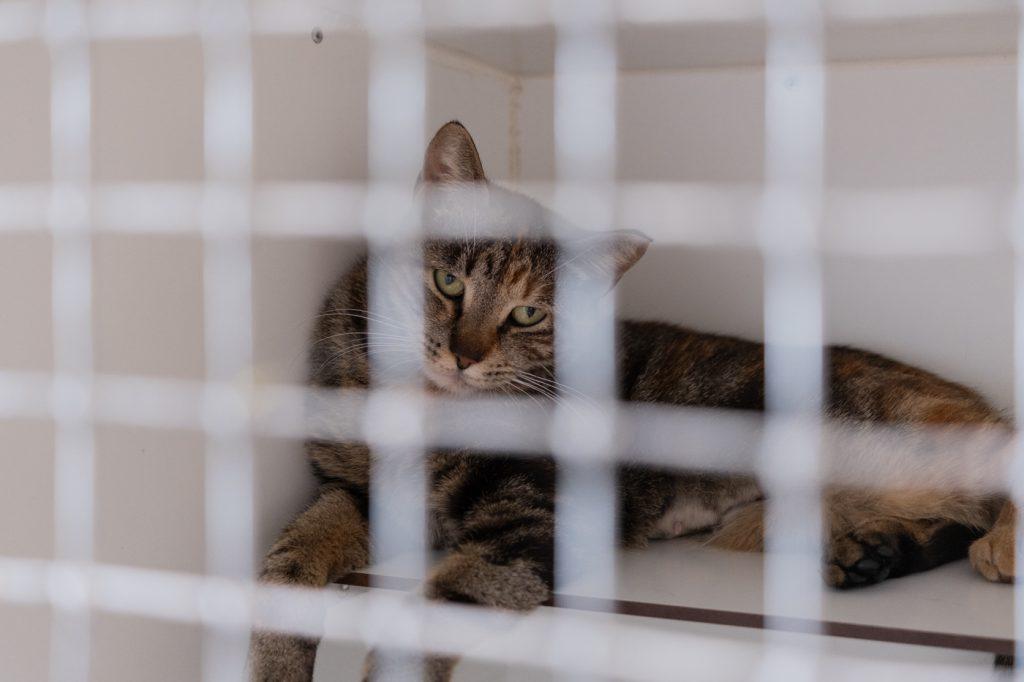
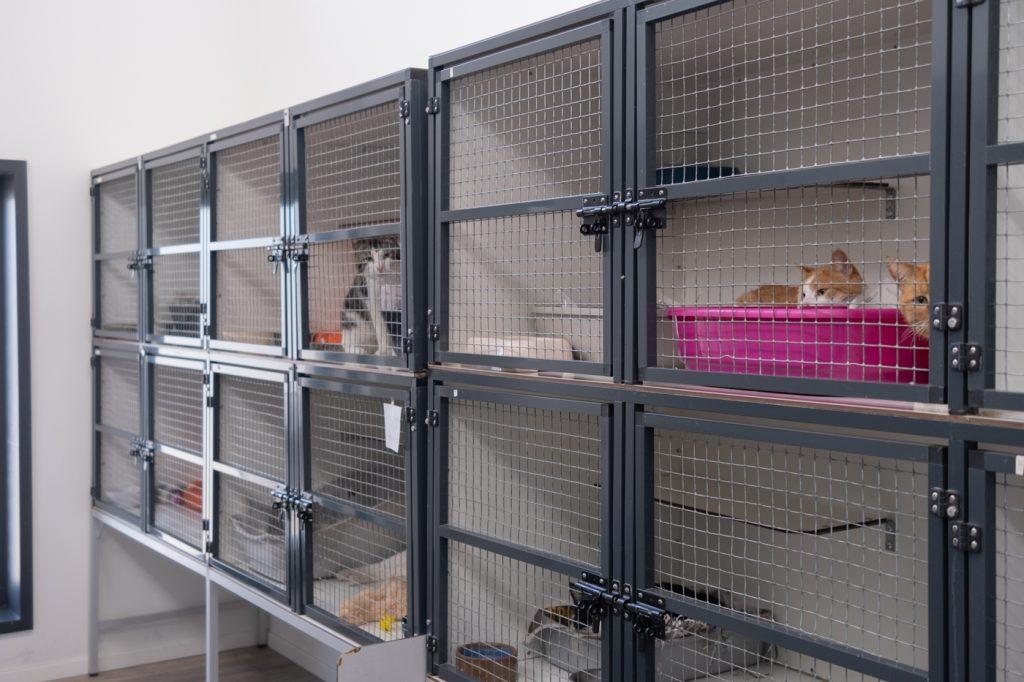
In TNR, cats are trapped, checked for their health, spayed or neutered and then returned to their original location.
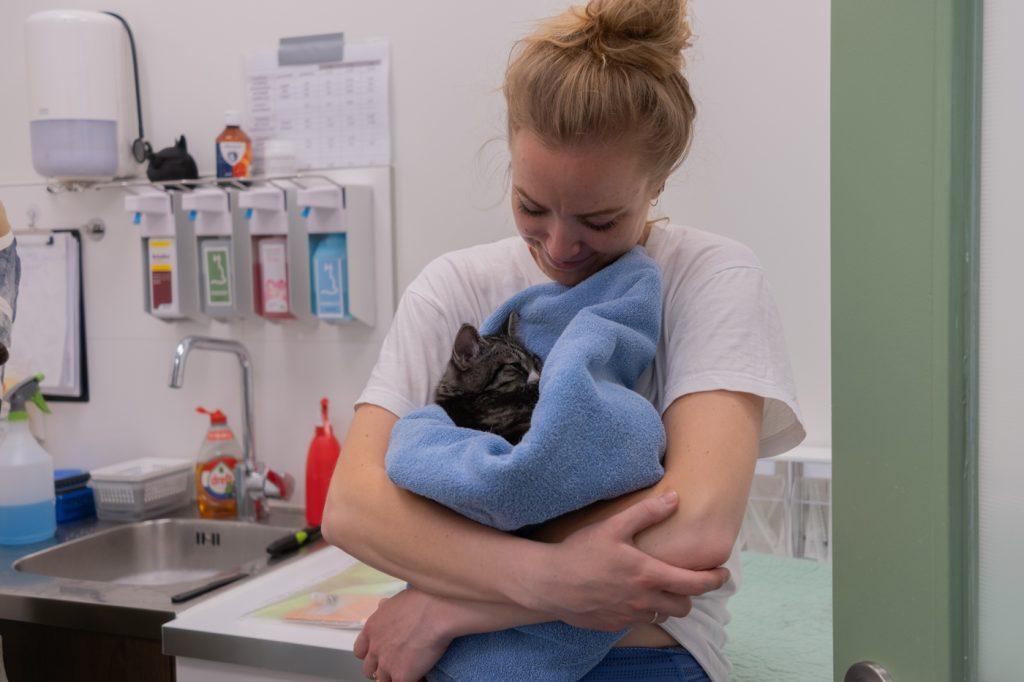
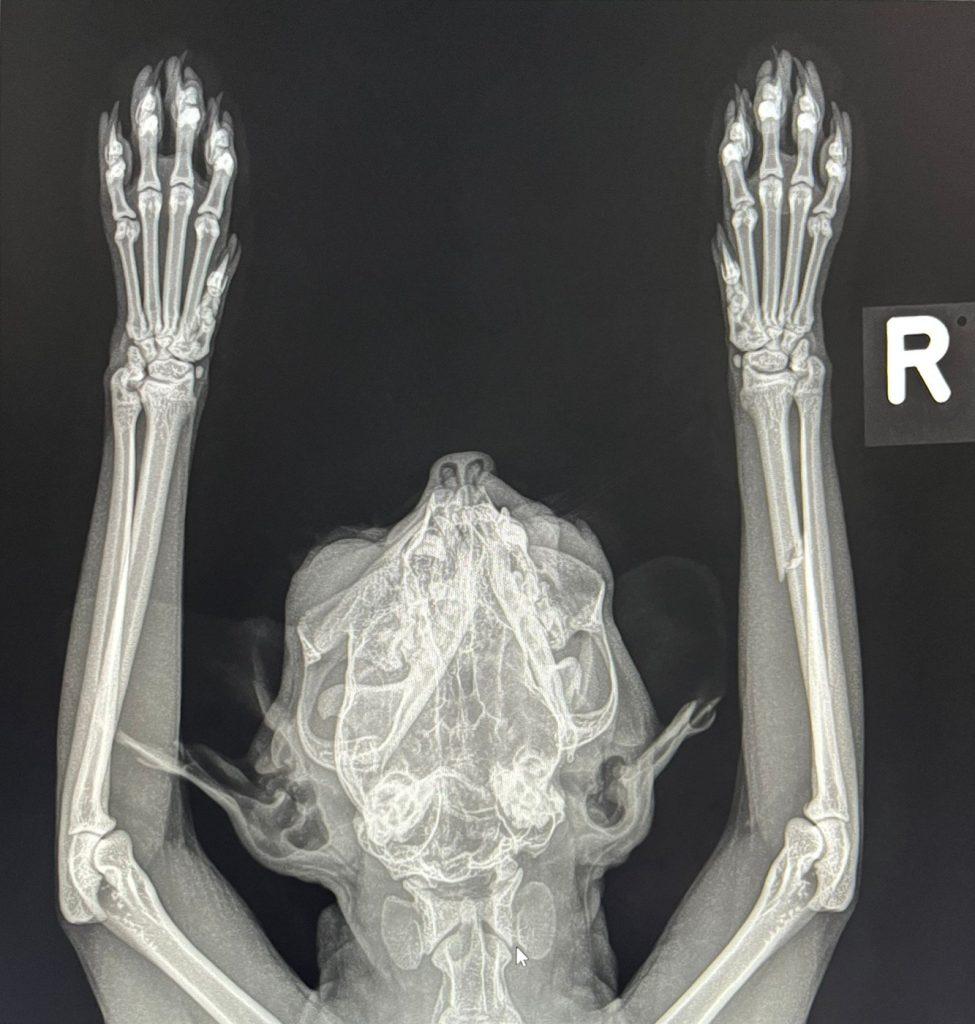
Neutered male cats are less likely to roam and get into fights, reducing the risk of injuries and transmission of diseases. Spaying female cats eliminates the risk of uterine infections and greatly reduces the chance of mammary tumours.
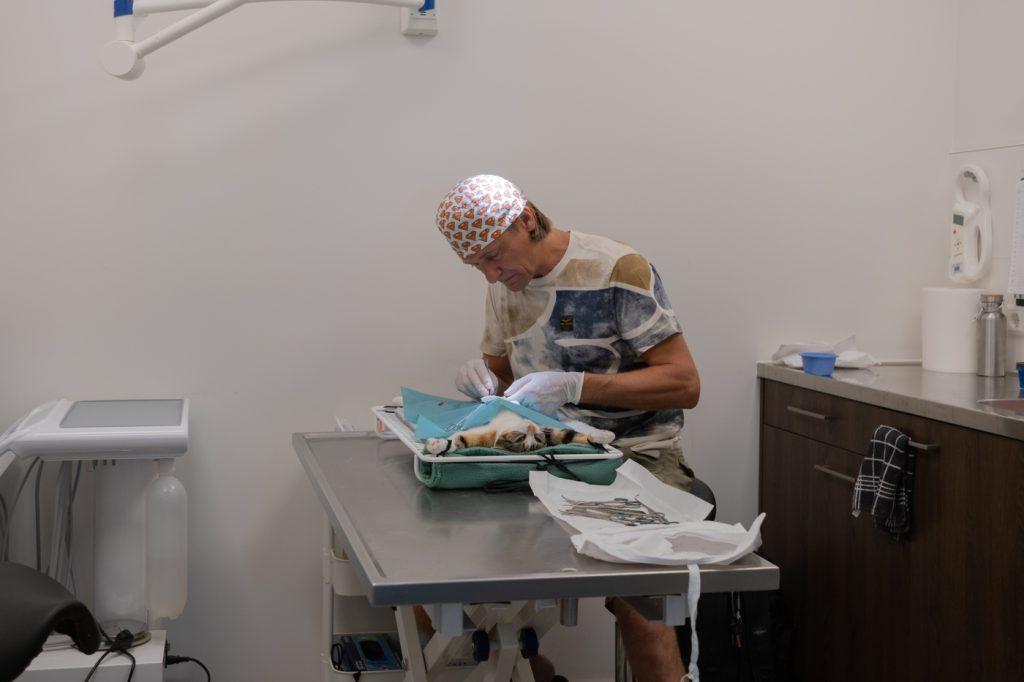
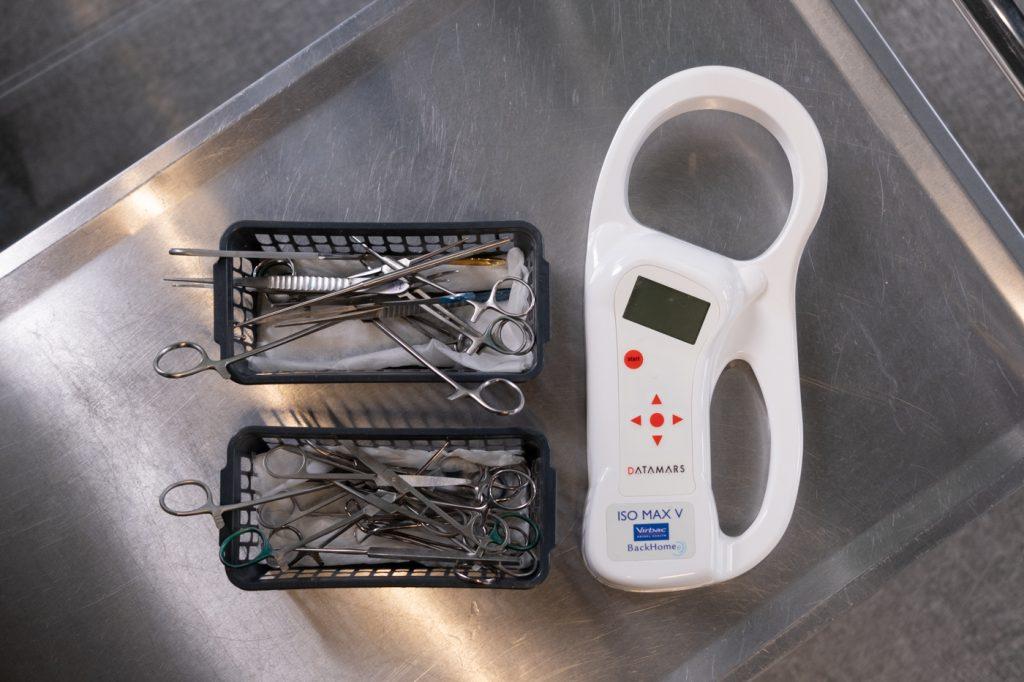
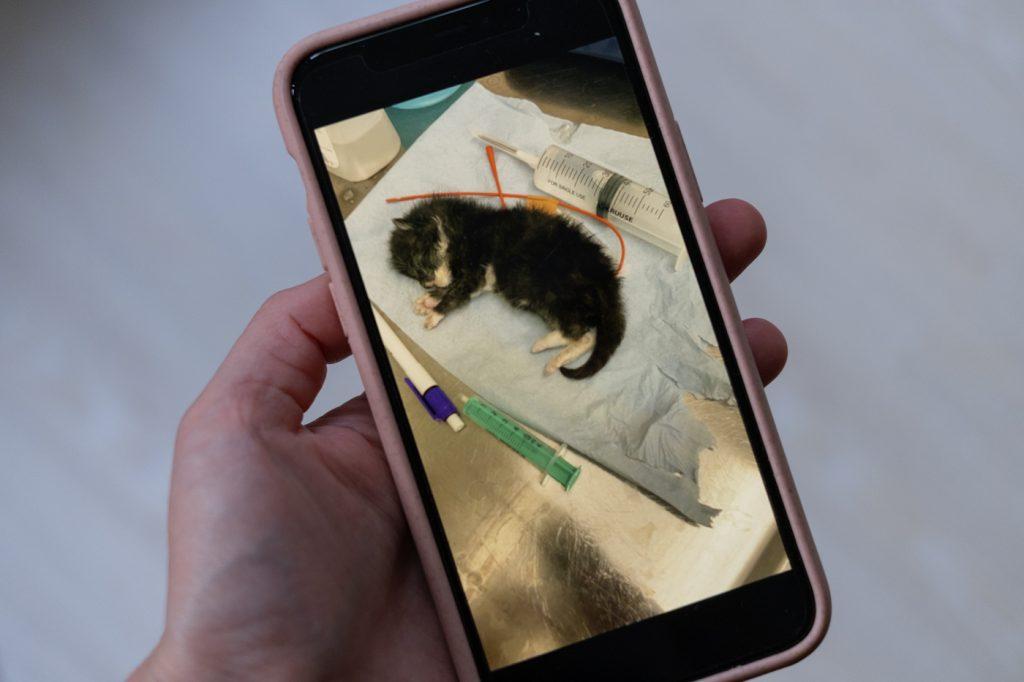
The mortality rate among these kittens is high, as they often struggle to survive in harsh conditions, facing challenges such as lack of proper care and nutrition.
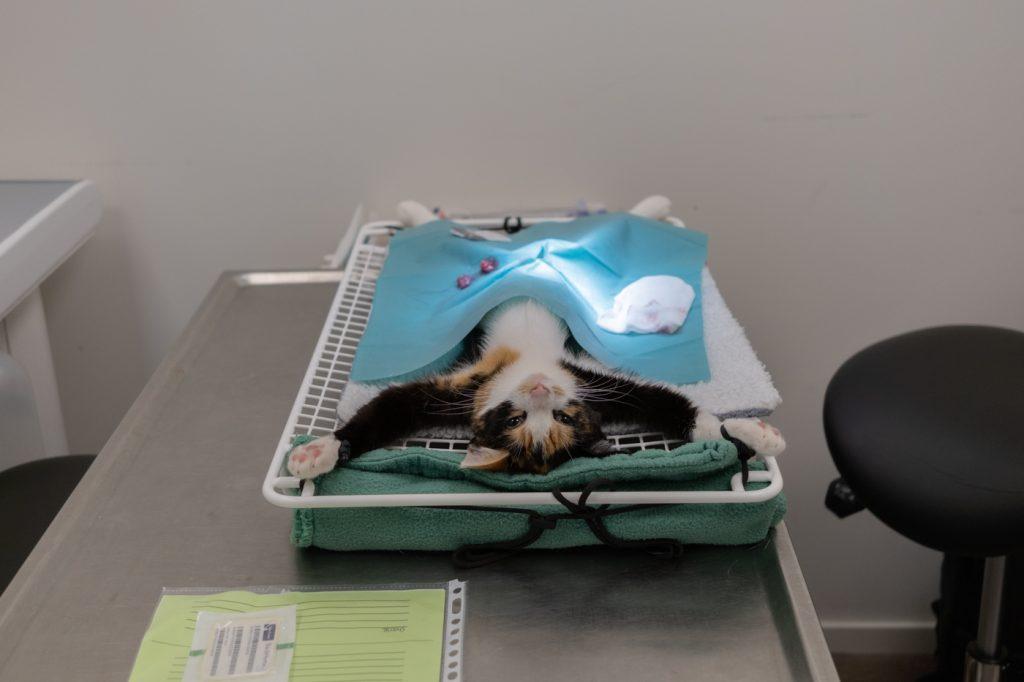
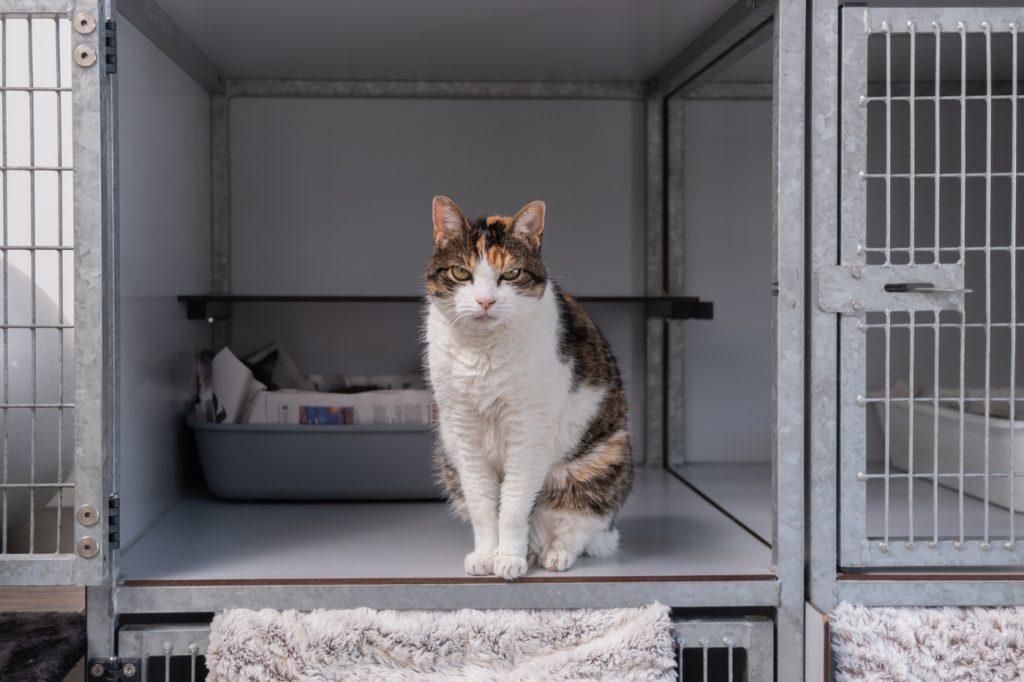
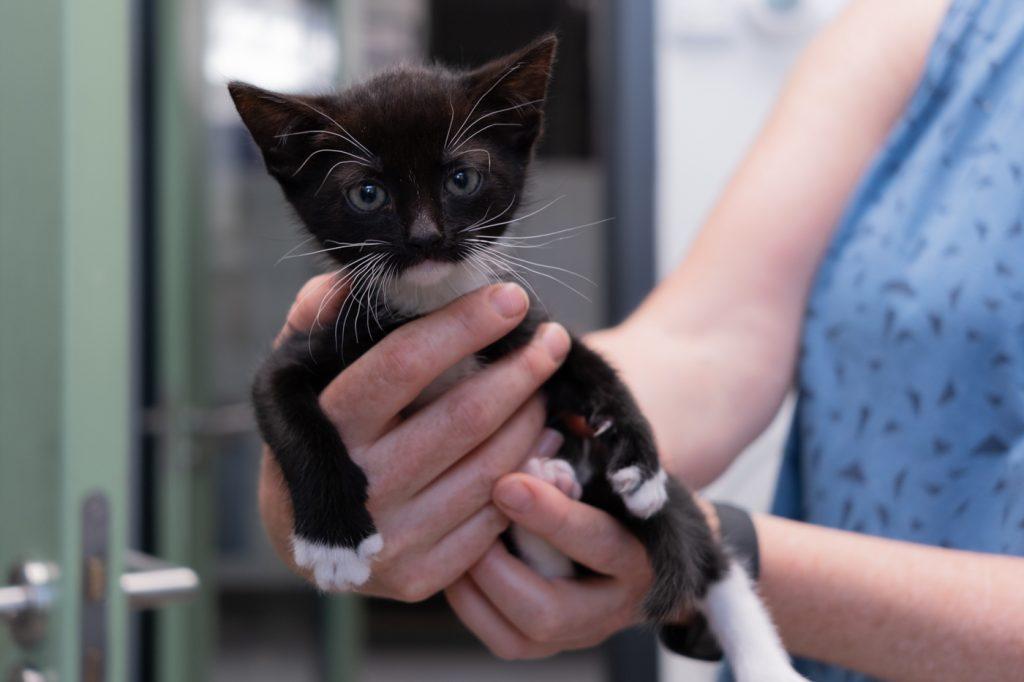
Both approaches aim to address the overpopulation of stray and feral cats and improve their health, but the specific method of return depends on the circumstances and individual cats’ characteristics.
